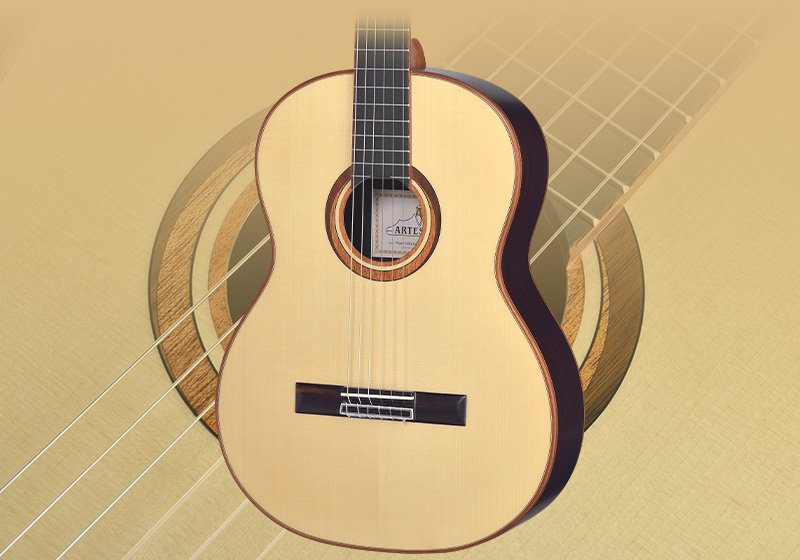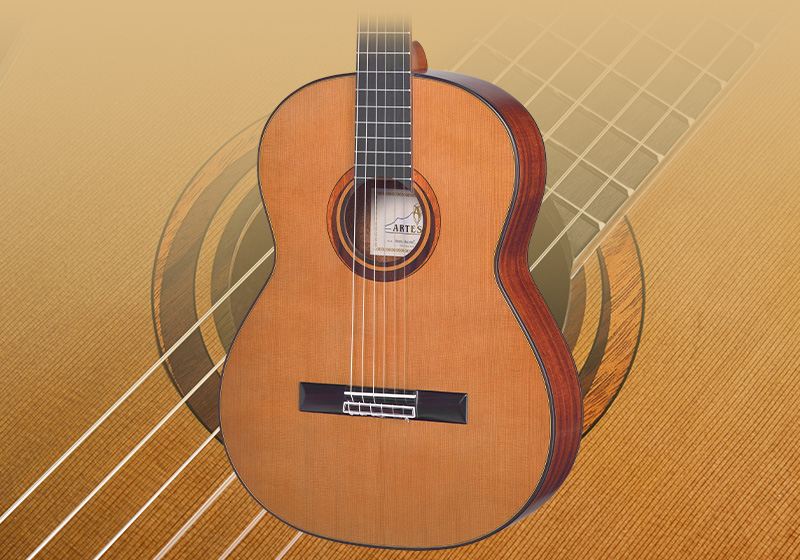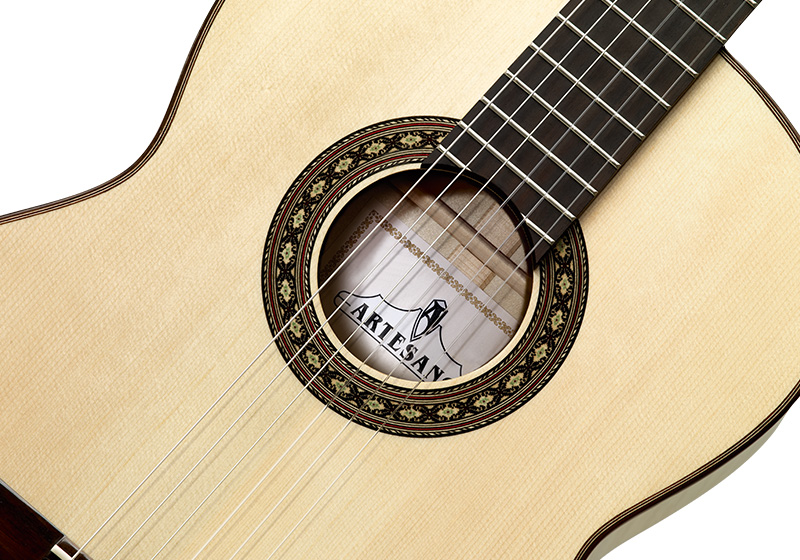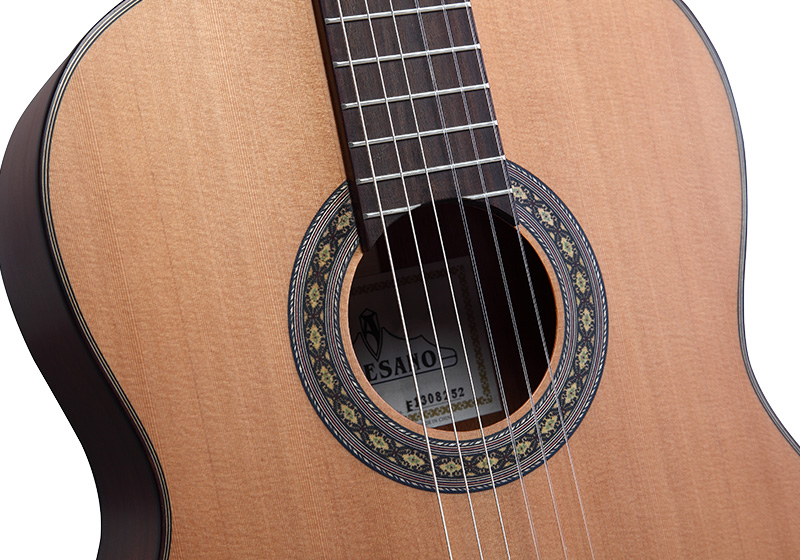Spruce top or cedar top – what's the difference?


The wood used for the soundboard of a guitar is one of the most important factors when it comes to tone, and with good reason: The top makes up a large part of the resonant wood of the guitar. Different woods produce different sounds, and this is extremely evident when comparing a large selection of instruments.
The sound of a concert guitar with a spruce top evolves
A good spruce top will continue to develop sonically over the years, much like the aging of a fine wine: If it is good from the start, it will only better with proper storage. But, start with something less than optimal and the ceiling for quality is much lower. As a spruce top guitar is played and care for, the higher notes will begin to “sing” as the instrument matures. For professionals, spruce is usually the first choice. The wood itself is naturally light in color, but can be stained for a darker look.


Cedar tops sound full and voluminous
Cedar tops age somewhat differently, however with the tone developing much more subtly than with a spruce topas the cedar already sounds full and voluminous from the start. Cedar's tone responds quickly and percussively to the player as well, making the sound quite different than the spruce top. This makes cedar-topped guitars especially popular with guitar students and beginners. Cedar is light brown in color and is always darker in color than natural spruce.
If the natural tones of the woods have been maintained, guitars with spruce tops can almost always be distinguished from those with cedar tops at first glance.
At ARTESANO, solid spruce and cedar tops are used for the Sonata guitars. The fully solid Maestros have expertly-selected solid spruce tops. The Estudiante-XC student guitars come standard with a solid cedar top - for a beautiful sound experience right from the start.